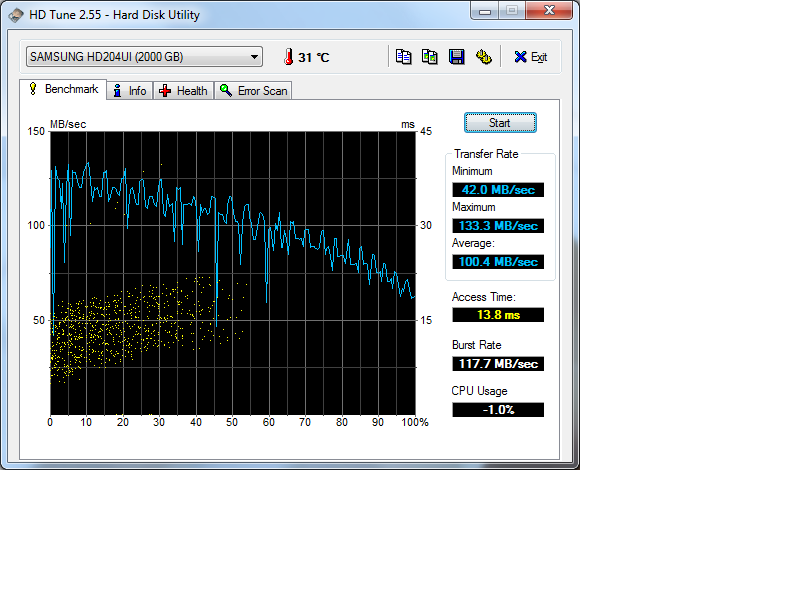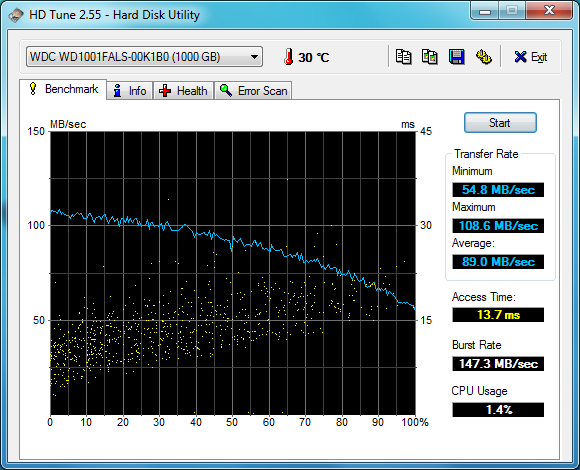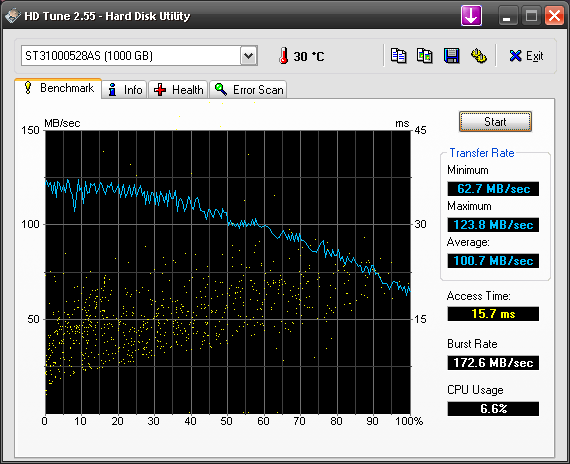New
#1
SATA 3 Performance
For the benefit of the naysayers, who said that connecting a SATA 3 drive to a SATA 3 controller wouldn't have any real effect, I'm attaching screenshots. The first is with the drive connected to the SATA 2 controller of my old motherboard, and the second is with the same drive connected to the SATA 3 controller of the new motherboard.
I realize that those of you who are accustomed to SSD performance may consider this trivial, but I do not.


 Quote
Quote

